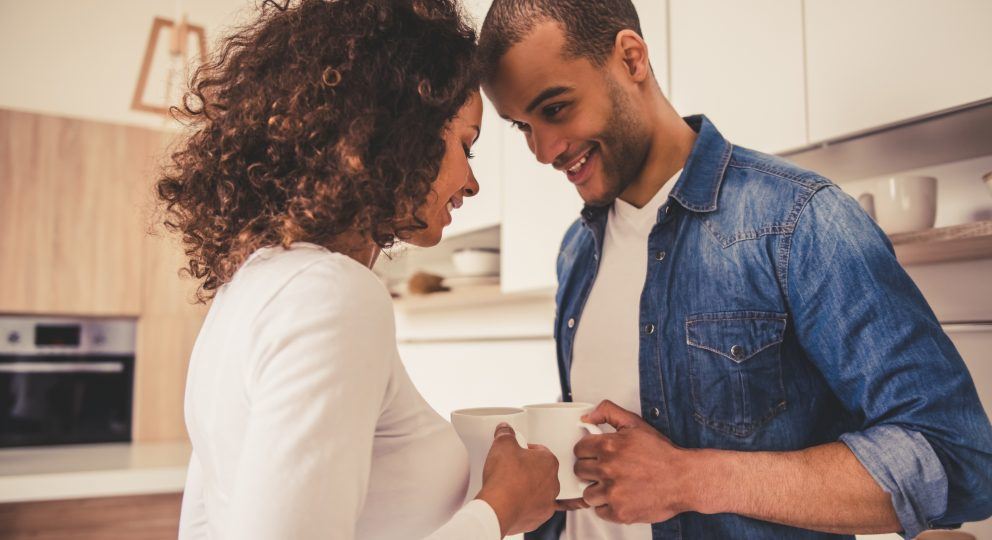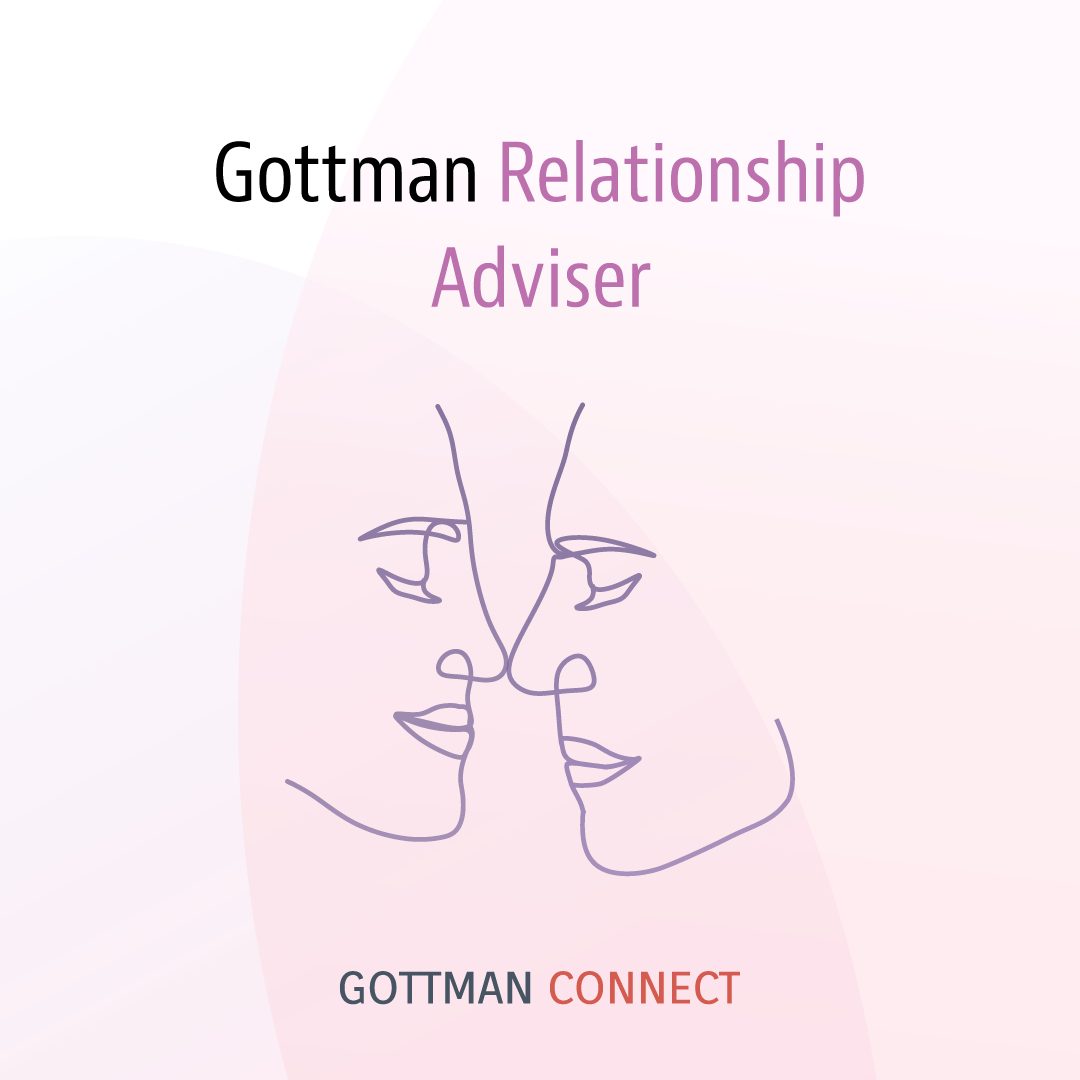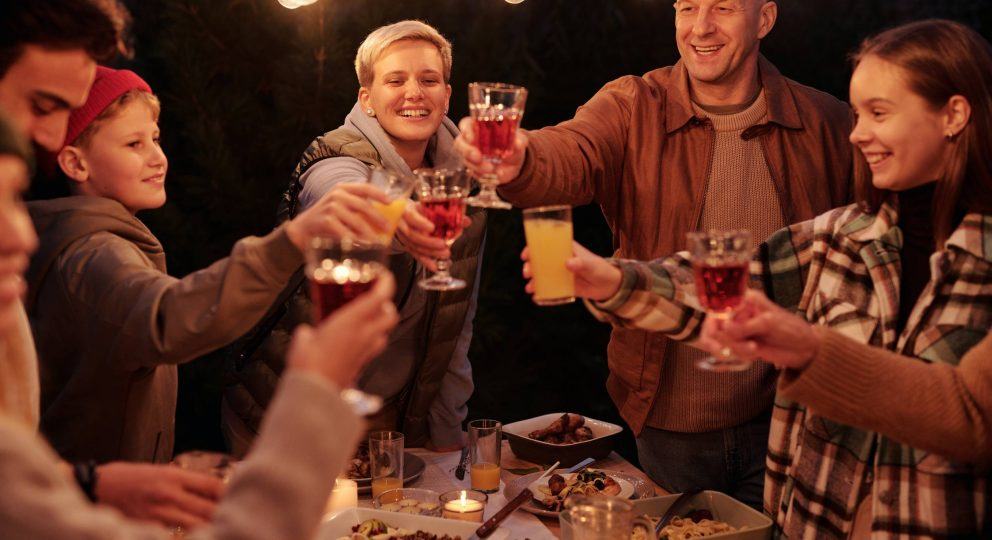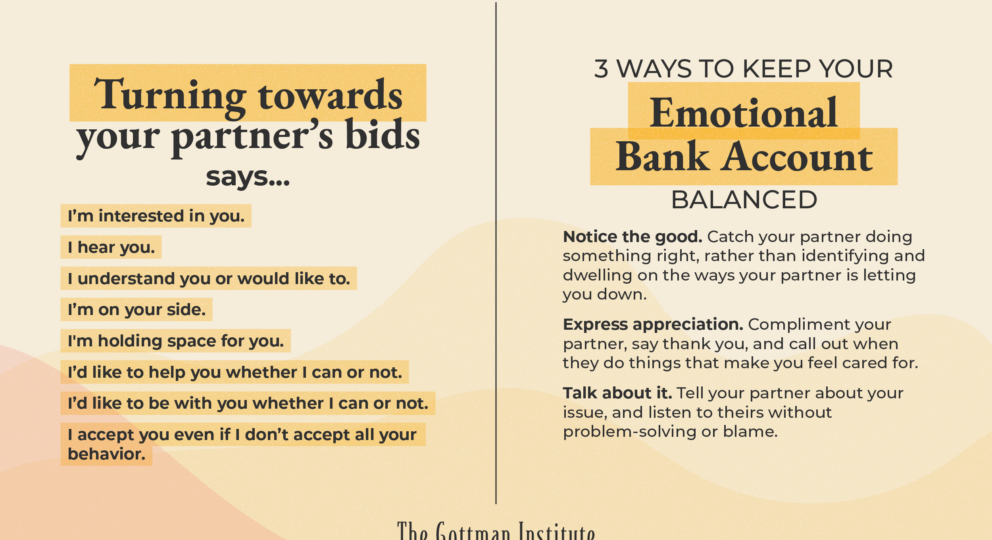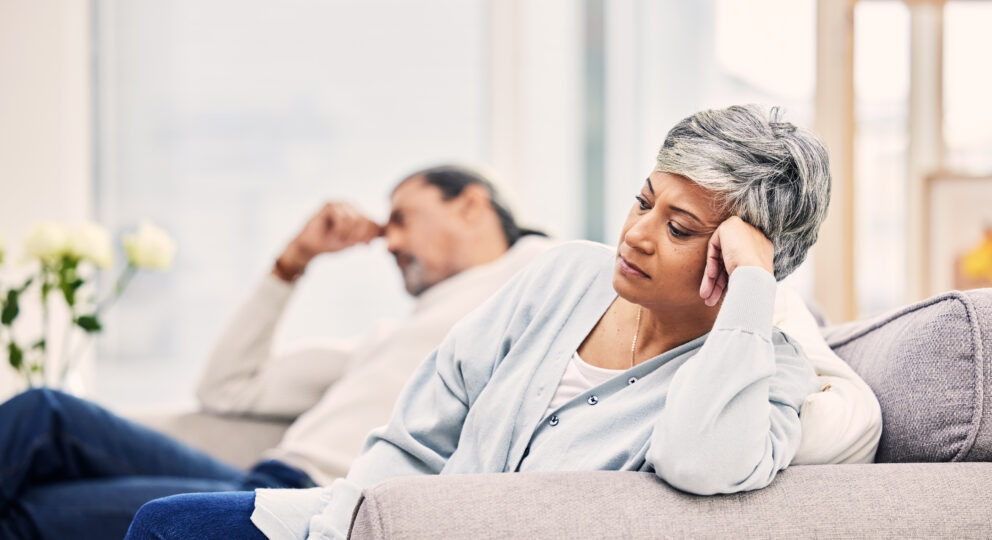On the Gottman Relationship Blog, we often talk about “turning towards” and “turning away” from bids for attention from your partner. If you’ve attempted to apply these research-based findings to your own relationship and found that the task of integrating science into reality is difficult, this post is for you.
Here are some examples to better clarify different types of “turning towards.”
Dr. Gottman’s definitions for the following behaviors are given below, as well as examples to clarify the ways they may be expressed. For the sake of this exercise, we are going to keep the bid the same in each scenario:
Nearly passive responses
These are mild shifts in behavior with no verbal response. Your partner may not stop what they are doing, but you know that you’ve been heard.
Sam: “Do you want to order out tonight?”
Tracey: “Mmmm”
Low energy responses
These involve a few words or a question to clarify a bid.
Sam: “Do you want order out tonight?”
Tracey: “Fine. From where?”
Attentive responses
These involve opinions, thoughts, and feelings.
Sam: “Do you want to order out tonight?”
Tracey: “That sounds great. You like that Thai place down the street?”
High energy responses
These involve full attention with good eye contact. High energy responses may be enthusiastic, include humor or affection, and/or sincere empathy.
Sam: “Do you want to order out tonight?”
Tracey: “That’s a great idea. I know how stressed you’ve been lately. Where do you want to order from? I feel like Thai tonight.”
Try to notice the ways in which you and your partner respond to such bids for attention, empathy, or connection in your interactions. This first step (becoming attuned to the ways in which the two of you interact) will be vital to making the kinds of change necessary: reducing stress, creating an atmosphere of trust, being able to support each other, expressing your mutual love without getting lost in miscommunication.
Try to engage with your partner with the latter two response types: Attentive and High Energy. Though daily life can obviously be tiring, you may find yourself too overwhelmed to respond with High Energy responses all the time. Let them be your ultimate goal, and know that practicing the latter two response types will become easier over time. As you build healthy patterns of communication with your partner, you are likely to evince similar effort on their part, helping each other to build mindfulness in emotional moments as well as in everyday conversation.
